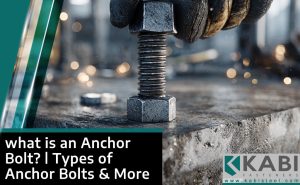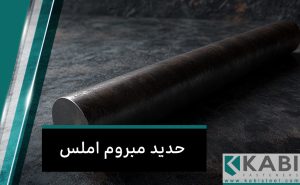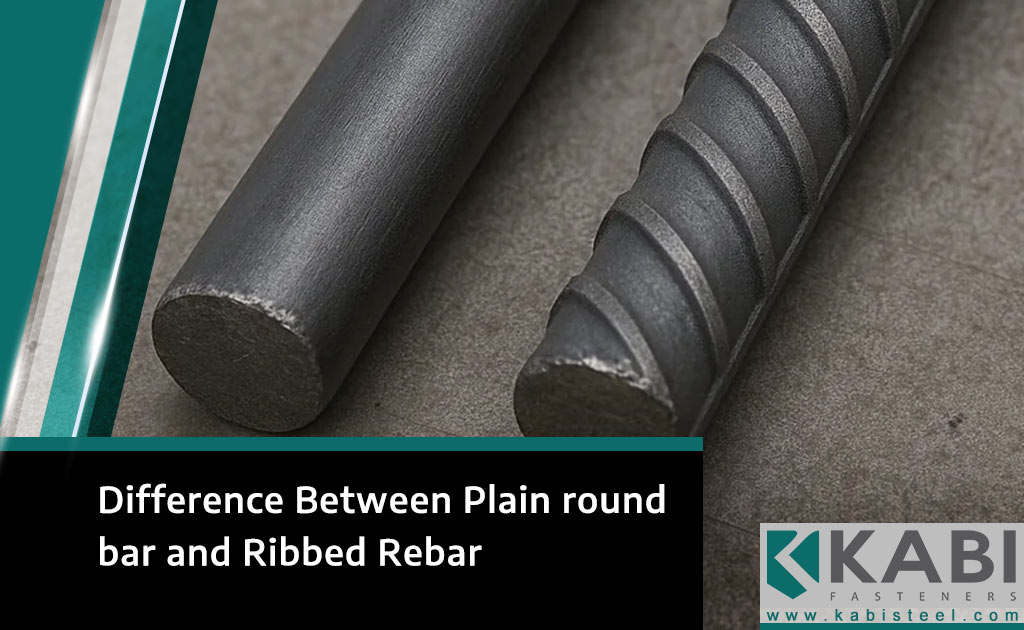In the construction industry, rebar is one of the most critical steel materials used to enhance the tensile strength of concrete. Among the various types, the two most common categories are plain round bar and ribbed rebar. Understanding the difference between these two types is essential not only for structural engineers but also for contractors and material buyers. This article explores plain round bar, its features, production standards, applications, and how it compares to ribbed rebar.
What Is Plain Round Bar?
Plain round bar is a smooth steel bar without surface ribs or ridges. It is commonly referred to as “smooth bar” or “plain steel rod” in the industry.
- Production Standards: Manufactured according to international standards references (such as ASTM A615).
- Applications: Industrial component manufacturing, pre‑stressed concrete structures, steel framework assemblies requiring easy welding, situations involving frequent bending or shaping.
- Key Feature: The smooth surface provides less mechanical grip with concrete, making it ideal for structures where flexibility and ease of processing are more important than bond strength.
What Is Ribbed Rebar?
Ribbed rebar features patterned ridges along its surface designed to improve grip between steel and concrete.
- Production Standards: Similar to plain round bar, but with rib patterns defined by specific national or international codes (spiral ribs, herringbone ribs, etc.).
- Applications: Reinforced concrete structures, foundations, beams, columns, floors, and any construction element that requires strong mechanical interlock with concrete.
- Key Feature: The ribs increase bond strength and prevent the steel from slipping inside the concrete under load.
Differences in Production Standards
Ribbed rebar features patterned ridges along its surface designed to improve grip between steel and concrete.
- Production Standards: Similar to plain round bar, but with rib patterns defined by specific national or international codes (spiral ribs, herringbone ribs, etc.).
- Applications: Reinforced concrete structures, foundations, beams, columns, floors, and any construction element that requires strong mechanical interlock with concrete.
- Key Feature: The ribs increase bond strength and prevent the steel from slipping inside the concrete under load.
Applications of Plain Round Bar in Industry
Despite its limitations in reinforced concrete, plain round bar plays a key role in many projects:
- Pre‑stressed Concrete: The steel is tensioned before concrete pouring; ribs are unnecessary in this case.
- Light Steel Frames: Ideal for frameworks that require extensive welding.
- Industrial Parts Manufacturing: Shafts, tools, or molds where bending and precision shaping are needed.
Applications of Ribbed Rebar in Construction
Ribbed rebar is indispensable in most structural concrete work:
- Foundations: Maximizes cohesion between concrete and steel.
- Columns and Beams: Improves load‑bearing capacity under bending and tension.
- Bridges and Slabs: Enhances resistance against both dynamic and static loads.
Advantages and Disadvantages
Plain Round Bar:
✅ Easier bending and welding
✅ Suitable for pre‑stressed concrete and industrial fabrication
❌ Weak bonding with concrete in standard reinforced construction
Ribbed Rebar:
✅ Strong grip and bonding with concrete
✅ Ideal for all reinforced concrete structures
❌ More difficult to weld and bend




